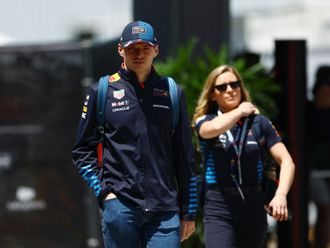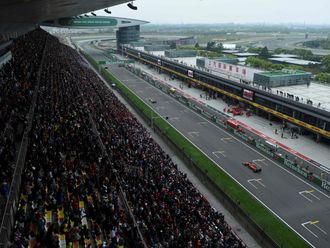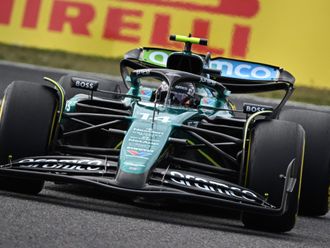This weekend marks the 60th anniversary of motorsport’s darkest day. It was during the 1955 24 Hours of Le Mans when Jaguar driver Mike Hawthorn decided at the last moment to pull across the main straight and slow to pit his Jaguar sports car. The lapped Austin-Healy driver, Lance Macklin, swerved to avoid him, leaving no space and no time for front-running Mercedes-Benz driver Pierre Levegh to react.
The Mercedes-Benz of Levegh, who was being chased by Juan-Manuel Fangio, took off, hitting an earth bank by the side of the track. Two seconds later, 83 people were dead, and over 100 injured.
Levegh was killed instantly upon impact, his car nothing more than a burnt out frame, but the trail of death that was left in its wake was more like the scenes at the Somme.
Accounts from surviving spectators that day tell of a blood bath. Shards of bodywork and running gear went spinning through the air like flying razors. The bonnet lid scythed through the crowd like a guillotine, decapitating scores. The engine, flying solo through the air, took out a densely compact gathering of victims. The taller folk could see the flying car and the jagged debris coming and ducked for cover, while the shorter ones and those less attentive tried to see what was going on in that split second. Most were decapitated and died instantly.
Such was the scale of the catastrophe that the on-site medical resources were instantly overwhelmed. Advertising hoardings for oils and tobacco were used as stretchers to carry the dead and the dying to a more dignified field behind the grandstand. Nearby priests were summoned to issue the Last Rites.
Every few seconds, however, the screams and cries of terror were drowned out by the passing of yet another sports car.
The organisers had opted to let the race continue – barely believable by modern standards – and so it did. However the Mercedes-Benz team – their driver Levegh having been killed – opted to pull out some eight hours after the accident, amid fears of a public relations disaster (they were leading the race by two laps at the time). The Second World War had only ended 10 years earlier, and there was still a lot of acrimony towards Germany in France at the time.
Mercedes asked the Jaguar team to pull out too, but the British outfit declined, assuming the lead of the race. It was a decision that derived much distaste, as the driver who would take the chequered flag would be none-other than Mike Hawthorn – the man who many believed had caused the accident.
To a background of death and tragedy, Hawthorn and his Jaguar teammate Ivor Bueb both celebrated with delight on the podium, cheering and smiling as if the death was nothing more than a stroke of luck in pursuit of the ultimate goal of winning Le Mans.
Many of those visiting Le Mans this weekend won’t know about the tragic event of 1955; after all, there is no memorial there to those who died. Perhaps it is cynical to expect them to know about it. There has been plenty of death at motor races over the years, both on the track and in the crowds.
Motorsport today is replete with layers of safety measures, layers that which over time have been implemented only in reaction to tragedy. It’s poignant to think that every single crash barrier, every single metre deemed an acceptable distance from the circuit edge, has been decided upon and installed at the cost of a human life.
But perhaps when today’s spectators inadvertently find themselves wondering why the catch fencing is there, or why they have to sit back from the action, or even why the drivers sit under a network of scaffolding, they may count themselves fortunate that their safety has been considered…
…Because there were 83 people who weren’t so fortunate.












